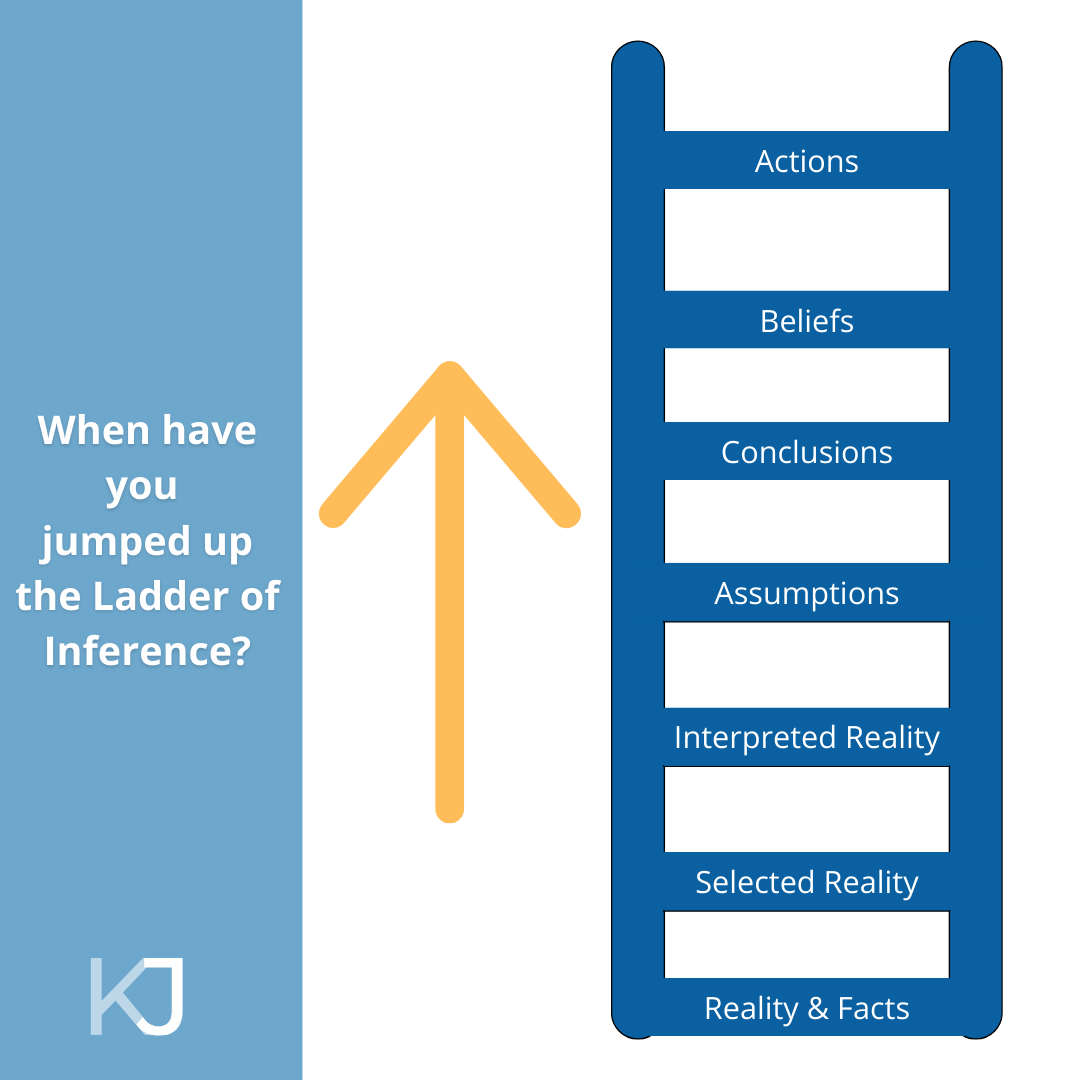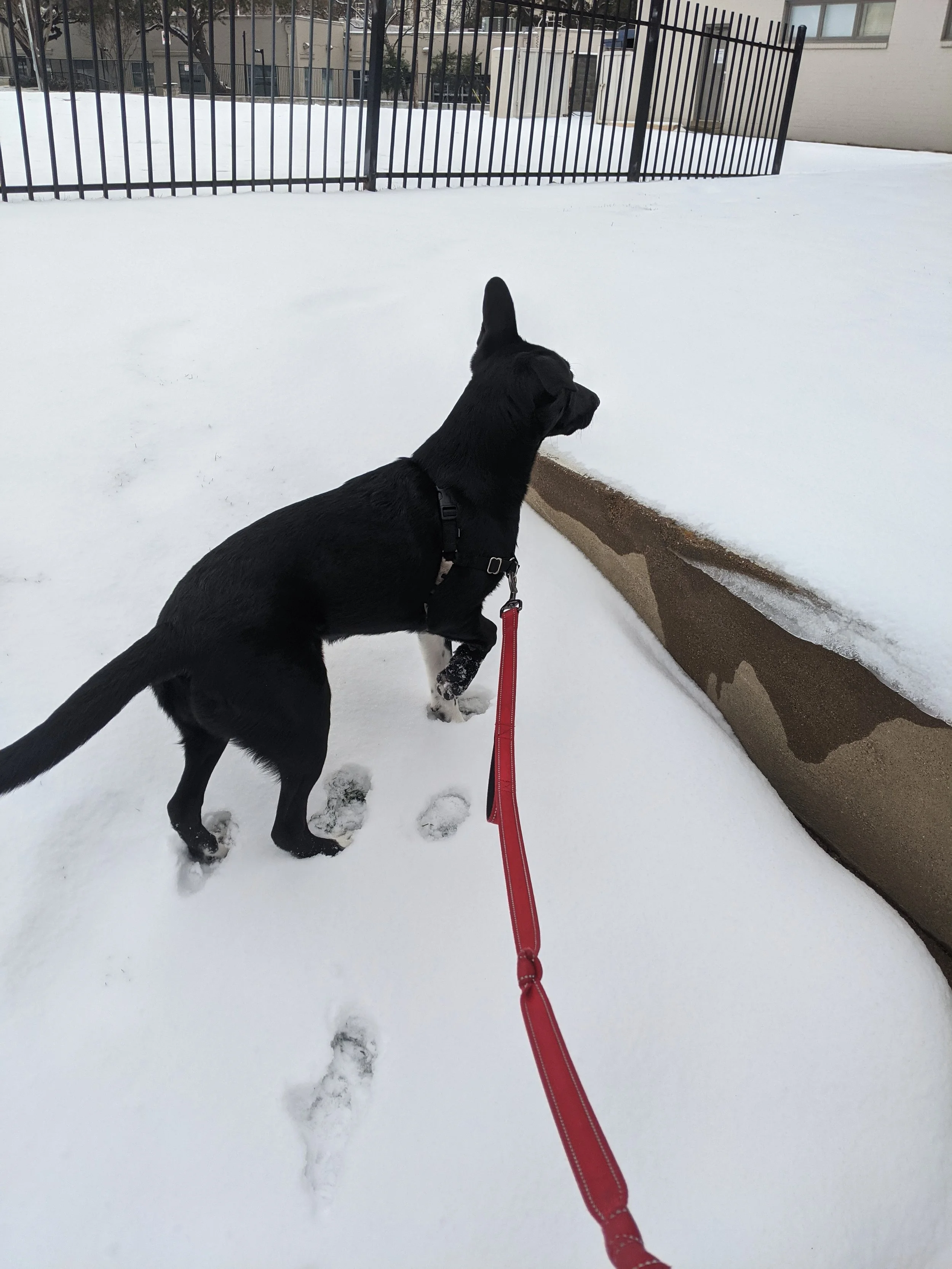As the seasons change and the end of the year looms, many of us take time to reflect and consider what we want to do in the next year. We humans are naturally curious, and our work preferences shift just like the seasons. Rather than fighting against our natural tendency towards curiosity and growth, as leaders we should embrace this trend as an opportunity for ourselves and our direct reports.
One way to embrace and honor our desire for growth is to have what is referred to as “Stay Conversations.” These conversations between managers and direct reports can be embedded within the typical Performance Review cycle or during regular check-ins. And they don’t have to be incredibly complicated as long as they’re thoughtful and planned in advance. Below is our guide for human-centered Stay Conversations that will keep healthy dialogue open with your team.
It’s also important to remember that an individual’s Type and working style may play into the flow of a Stay Conversation. A bigger picture thinker may more quickly be able to articulate what energizes and deflates them in their current work and welcome the opportunity to step away from the day to day of their role. While a ‘details person’ may resist pulling back from the minutia, especially if they’re feeling stressed or overwhelmed. Framing alongside use of the ‘human centered’ questions below can set the foundation for all folks to actively engage.
Stay Conversations are typically led by a manager with their direct report, and are truly meant to be conversational:
Before the Meeting - Prepare a brief agenda, find a private space to connect, and let the team member know specifically that you'll be talking about how best to retain them given their valuable performance. Hearing “Let’s talk” from your manager can be stressful, so a quick preview can help put them at ease. Bonus tip - If you can provide sample questions, this can ease some stress for your team members, especially those who are introverted.
During the Meeting - Ask questions and seek to understand what is most important to the team member. We all have different motivations, values, and goals, and they all may shift over time for each individual.
Ongoing, as a Manager - Show up for each of your team members with authenticity, humility, and curiosity. Let each team member know that you are successful if they are successful. Help them celebrate their successes and problem solve when challenges arise.
Sample Stay Conversation Agenda (15 mins):
Use the below sample agenda to plan for your meeting. Keep the tone conversational, and plan the questions that you most want to dig into with the team member.
The more genuine these conversations are, the better they will go, especially as you continue the habit. This could be the difference between having a thoughtful, productive transition between staff members, or having to scramble to backfill a position and cover work while short-handed. Stay Conversations can also help you better tailor growth and development opportunities for the team members, leading to long-term satisfaction and productivity for both individuals and your team as a whole.
At KJ Consulting Group, we engage frequently in team dynamics and culture strengthening. We’d love to work with you to make Stay Conversations and other healthy habits an easy piece of your leadership work - connect with us here!
Additional Resources:
Five Ways to Retain High-Performing Staff - The Management Center
Four Ways to Mitigate Bias in Performance Evaluations - The Management Center
How to Use 'Stay Conversations' to Keep Employees Engaged - SHRM












